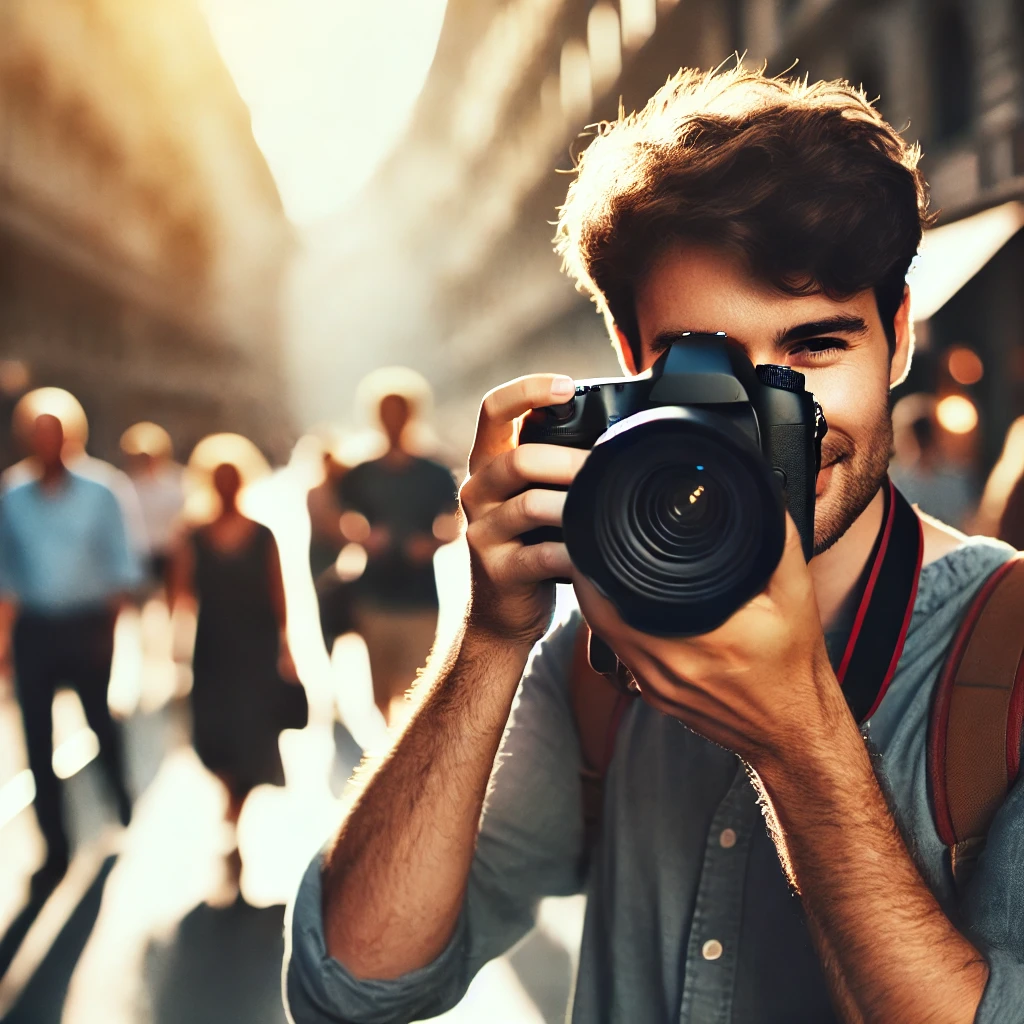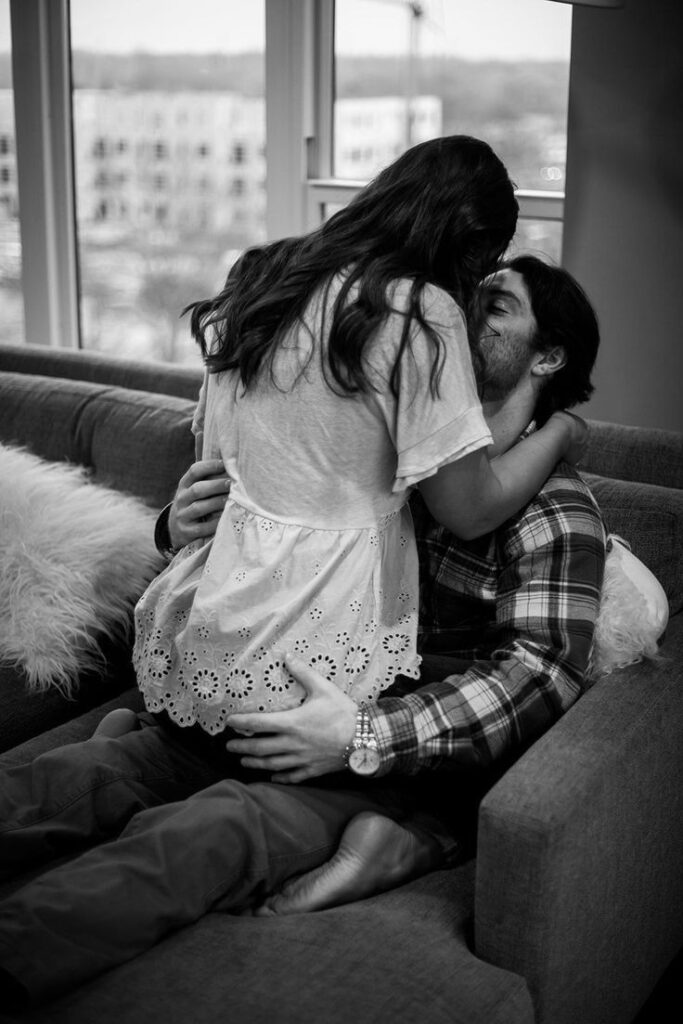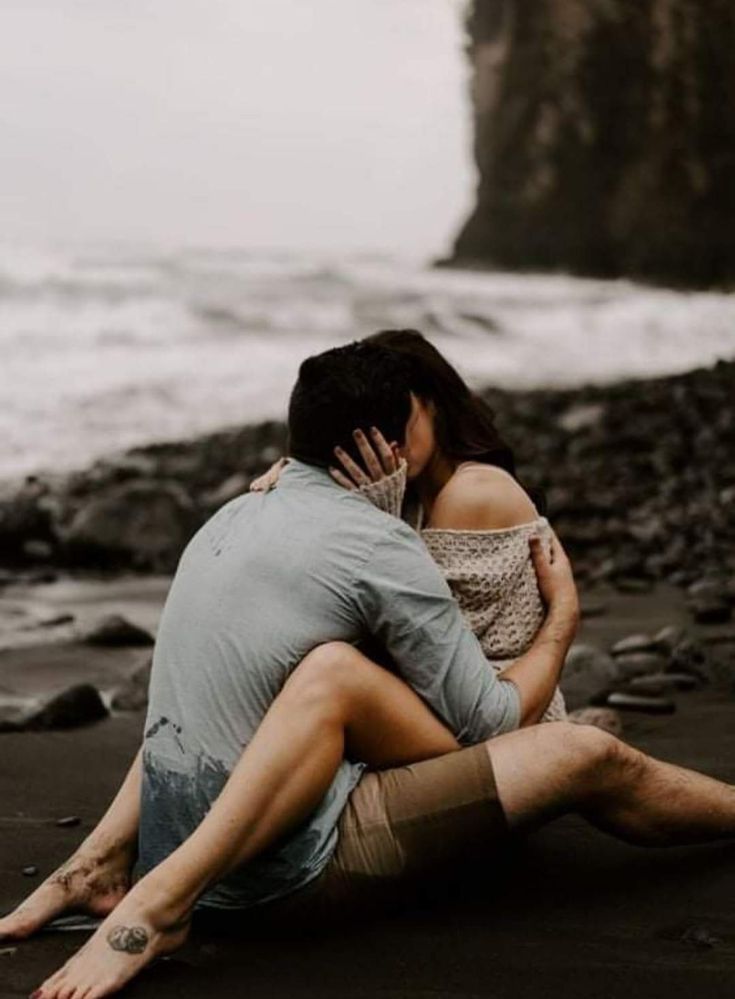Candid photography is the art of capturing life’s raw, unscripted moments. Unlike posed portraits, it thrives on spontaneity, natural expressions, and unfiltered emotions. Whether at a wedding, a street festival, or a casual gathering, candid shots tell a compelling story. This guide will help beginners master the art of candid photography with essential techniques, camera settings, and compositional tips to elevate their craft.
Understanding Candid Photography
What is Candid Photography?
Candid photography involves taking pictures of people or scenes without staging or prompting the subject. It’s about capturing the authenticity of a moment without interference. The key to a great candid shot lies in being unobtrusive and patient.
Why is Candid Photography Important?
Candid photography holds emotional depth. It freezes real-time interactions, making the viewer feel part of the moment. In personal and professional photography, it enhances storytelling and creates more engaging content.
Essential Equipment for Candid Photography
Choosing the Right Camera
A DSLR or mirrorless camera with fast autofocus and good low-light performance is ideal for candid shots. Popular choices include:
- Canon EOS R6 – Fast focusing and excellent image stabilization.
- Sony A7 III – Superb dynamic range and silent shutter option.
- Nikon Z6 II – Great for street photography with quick autofocus.
Best Lenses for Candid Shots
A good lens ensures sharp, high-quality images while maintaining discretion. Recommended lenses include:
- 50mm f/1.8 – Versatile and ideal for portraits with natural bokeh.
- 24-70mm f/2.8 – Excellent for dynamic, spontaneous shots.
- 85mm f/1.4 – Perfect for isolating subjects in crowded scenes.
Importance of a Fast Shutter Speed
A fast shutter speed helps freeze motion while keeping subjects sharp. A setting of 1/250s or faster is ideal for capturing expressions and movements.

Techniques to Master Candid Photography
Blending into the Environment
To capture genuine moments, blend into the surroundings. Wear neutral clothing, avoid sudden movements, and use a silent shutter mode if available.
Using the Right Camera Settings
Aperture Priority Mode (A or Av): Allows the camera to adjust the shutter speed while maintaining a desired depth of field.
ISO Settings: Keep ISO as low as possible for sharp images, but increase it in low-light situations to prevent motion blur.
Autofocus Modes: Use Continuous Autofocus (AI-Servo or AF-C) to keep moving subjects sharp.
Capturing Emotions and Expressions
Be patient and observant. Look for moments of laughter, deep thought, or interaction to make images more impactful.
Using Natural Light Effectively
- Golden Hour (Early Morning & Late Afternoon): Creates soft, flattering light.
- Backlighting: Enhances depth by creating silhouettes or glowing edges.
- Diffused Light: Overcast skies provide even, shadow-free illumination.
Framing and Composition
Good composition enhances the storytelling aspect of candid photography.
- Rule of Thirds: Position key subjects along imaginary grid lines for balance.
- Leading Lines: Guide the viewer’s eye toward the main subject.
- Foreground Elements: Add depth by including objects in the foreground.





Capturing Candid Moments in Different Settings
Street Photography
In street photography, being discreet is crucial. Use a small, lightweight camera, anticipate movements, and shoot from the hip for a natural perspective.
Event and Wedding Photography
At events, move around to capture various angles. Use a telephoto lens (70-200mm) to photograph intimate moments without intrusion.
Travel Photography
While traveling, observe local interactions, markets, and festivities. A wide-angle lens (16-35mm) helps capture the essence of a place.
Family and Portrait Photography
For family settings, engage in casual conversation to make people comfortable. Capture reactions and interactions naturally.
Post-Processing Tips for Candid Photography
Enhancing Colors and Contrast
Use software like Adobe Lightroom to adjust brightness, contrast, and saturation while maintaining a natural look.
Cropping and Composition Adjustments
Slight cropping can enhance framing and remove distractions from the edges of the image.
Black and White Conversion
Black and white candid photos emphasize emotions and storytelling by stripping away distractions from colors.
Common Mistakes to Avoid in Candid Photography
Being Too Obvious
Avoid pointing the camera directly at the subject for too long. Instead, use quick reflexes and natural movements.
Ignoring the Background
A cluttered or distracting background can take focus away from the main subject. Look for clean or complementary settings.
Over-Editing
Excessive filters or unnatural color corrections can take away the authenticity of candid shots.
Conclusion
Mastering art of candid photography takes practice, patience, and observation. Whether shooting on the streets, at events, or during everyday moments, the key is to blend in, anticipate interactions, and let the story unfold naturally. With the right gear, techniques, and post-processing skills, beginners can capture compelling, spontaneous images that resonate with viewers.

Mobile Photography Hacks: Candid Moments with Your Phone

Professional Model & Portfolio Photoshoots: Show Your Best Work
-

Street Photography Tips, Effects & Poses – Complete Guide
-

Leica Q2 for Photography: Why It’s Loved by Photographers
Mobile Photography Hacks: Candid Moments with Your Phone
Discover high-impact mobile photography hacks to capture genuine, gorgeous candid moments with your phone. Learn practical tips, composition secrets, and pro techniques to turn everyday scenes into stunning visual stories. Introduction: The New Age of Mobile Photography Photography has evolved beyond heavy cameras, technical jargon, and expensive equipment. Today, the power to capture extraordinary moments
Professional Model & Portfolio Photoshoots: Show Your Best Work
” Discover how to plan, style, and execute stunning portfolio photoshoots that showcase your skills, personality, and versatility. This comprehensive guide covers professional tips, posing ideas, gear suggestions, and industry insights for models and photographers.” Introduction – Why Portfolio Photoshoots Are the Cornerstone of a Photographer’s Career A well-crafted portfolio photoshoot is more than a
Street Photography Tips, Effects & Poses – Complete Guide
Discover the ultimate guide to Street Photography with expert tips, creative effects, and dynamic poses. Learn how to capture authentic urban moments, master composition, and tell powerful visual stories through your lens. Article Outline 1. Introduction to Street Photography Street Photography is more than just taking pictures of people in public spaces — it’s about
Leica Q2 for Photography: Why It’s Loved by Photographers
Introduction: The Cult Status of the Leica Q2 The Leica Q2 is not just a camera—it’s a statement. Combining the heritage of German precision engineering with modern digital excellence, it holds a special place in the hearts of professional and passionate photographers alike. With its full-frame sensor, prime Summilux lens, and minimalist design, the Q2
Top Cameras Under ₹1 Lakh for Freelance Photography
Freelance photography is no longer a niche—it’s a booming creative profession that demands not only vision and hustle but also the right gear. Your camera isn’t just a tool; it’s your storytelling partner. If you’re a freelance photographer aiming to balance performance, versatility, and budget, investing in a cameras under ₹1 lakh can offer the
Top Features of Nikon D850 That Make It Ideal for Photoshoots
Explore the top features of the Nikon D850 that make it a powerhouse for photoshoots. From exceptional resolution to dynamic range, this detailed Nikon D850 guide is built for professional and aspiring photographers. 1. Introduction When Nikon launched the D850, it quickly earned a reputation as a flagship DSLR that redefined what photographers could expect





